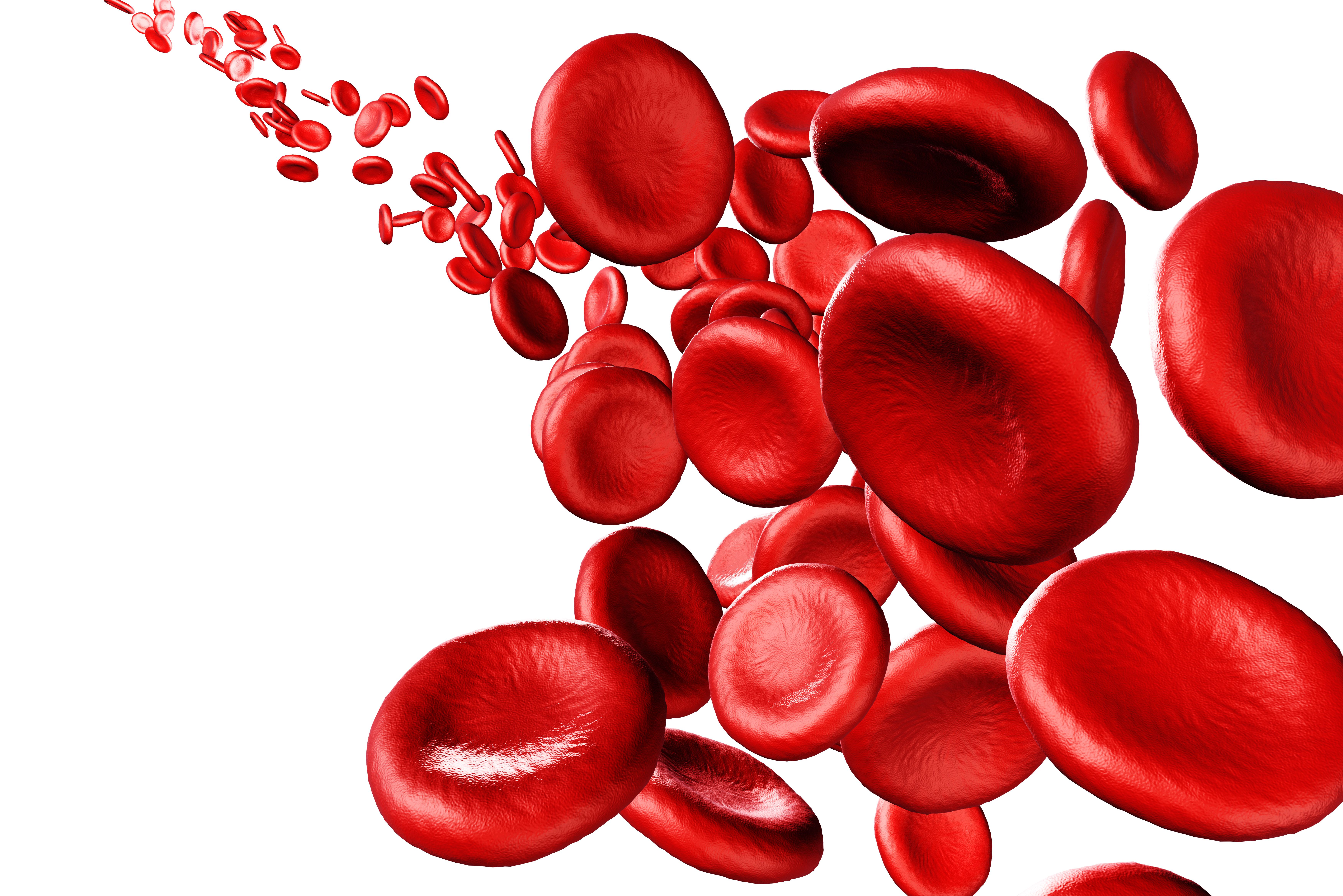Novel CAR T-Cell Therapy Yields Response in R/R Non-Hodgkin Lymphoma
HR001 was found to have an efficacious response for patients with relapsed/refractory non-Hodgkin lymphoma.
HR001 was found to have an efficacious response for patients with relapsed/refractory non-Hodgkin lymphoma.

Tolerable safety and efficacy were observed when HR001 was used to treat patients with relapsed/refractory non-Hodgkin lymphoma (NHL) based on results from the phase 2 HRAIN01-NHL01-II trial (NCT05436223) presented during the 2024 American Association for Cancer Research Annual Meeting.1
At the May 16, 2023, data cutoff, patients treated with HR001 (n = 81) achieved a best objective response rate (ORR) of 74.1% (95% CI, 63.1%-83.2%); the 3- and 6-month ORRs were 53.1% (95% CI, 41.7%-64.3%) and 45.7% (95% CI, 34.6%-57.1%), respectively. The best, 3-, and 6-month complete response rates were 49.4% (95% CI, 38.1%-60.7%), 32.1% (95% CI, 22.2%-43.4%), and 29.6% (95% CI, 20.0%-40.8%), respectively. The median time to best response was 30 days (range, 28-358).
“Patients with relapsed/refractory NHL could benefit from HR001 treatment, with [a] satisfactory objective response, durable remission, and a favorable safety profile,” Yian Zhang, MD, of Zhongshan Hospital Fudan University, in Shanghai, China, and coauthors wrote on a poster presented at AACR.
HRAIN01-NHL01-II was a single-arm, open-label, multicenter study in China that enrolled patients with relapsed or refractory NHL who received at least 2 prior lines of therapy, including an anthracycline and a CD20-targeted agent, or following autologous hematopoietic stem cell transplant. To be eligible for the trial, patients needed to be at least 18 years old, have an ECOG performance status of 2 or less, and have at least 1 measurable lesion per Lugano 2014 criteria.1,2
Patients received a conditioning chemotherapy regimen of fludarabine and cyclophosphamide. After conditioning and production of HR001, the agent was administered via a single infusion at a dose of 2.0×106 CAR-positive T cells per kg.2
The primary end point was ORR at 3 months post CAR T-cell therapy infusion. Secondary end points included duration of remission (DOR), progression-free survival (PFS), overall survival (OS), disease control rate, pharmacokinetics, and safety.
At baseline, the median age of the study population was 55 years (range, 23-74). Most patients were male (51.9%), had a baseline IPI index of at least 2 (70.4%), underwent less than 3 prior lines of treatment (58.0%), and had a maximum tumor diameter of 3 to 7 cm (53.1%). Patients had stage I (1.9%), II (14.8%), III (19.8%), or IV (59.3%) disease at screening. In terms of pathology subtype, the trial included patients with diffuse large B-cell lymphoma (91.4%), transformed follicular lymphoma (4.9%), or high-grade B-cell lymphoma (3.7%).1
Additional findings from the study revealed that the median DOR was 339 days (95% CI, 149-not estimable [NE]), and the median PFS was 176 days (95% CI, 91-NE). Notably, the median OS was not yet reached.
In terms of safety, most treatment-related adverse effects were hematologic. Any-grade cytokine release syndrome was reported in 95.1% of patients, including a grade 3 or higher rate of 3.7%. Immune effector cell-associated neurotoxicity syndrome (ICANS) of any grade was observed at a rate of 8.6%; grade 3 or higher ICANS did not occur. The treatment-related mortality rate was 1.2%.
“The median time to CAR T-cell peak expansion was 240 hours (range, 120~672) after infusion, median maximum expansion was 17413.9 copies/μg DNA (range, 124.9~136382.2), and median AUC0-28d was 3201014.0 copies/μg DNA (range, 205082.8~18400016.2). Positive tests for the anti-drug antibody were noted in 14.8% of patients while neutralizing antibody (Nab) tests were positive in 3.7% of patients. Among Nab-positive patients, the complete response was maintained until follow-up,” Zhang and coauthors wrote in their conclusion of the results.
References
- Zhang Y, Li Y, Hu K, et al. HR001, a novel CD19-targeted CAR-T cell therapy for patients with relapsed/refractory non-Hodgkin's lymphoma: primary results of a phase II study (HRAIN01-NHL01-II). Presented at: 2024 AACR Annual Meeting; April 5-10, 2024; San Diego, CA. Abstract CT244.
- Human CD19 targeted T cells injection (CD19 CAR-T) therapy for relapsed and refractory B-cell Non-Hodgkin's Lymphoma. ClinicalTrials.gov. Updated July 5, 2022. Accessed April 9, 2024. https://classic.clinicaltrials.gov/ct2/show/NCT05436223
Highlighting Insights From the Marginal Zone Lymphoma Workshop
Clinicians outline the significance of the MZL Workshop, where a gathering of international experts in the field discussed updates in the disease state.